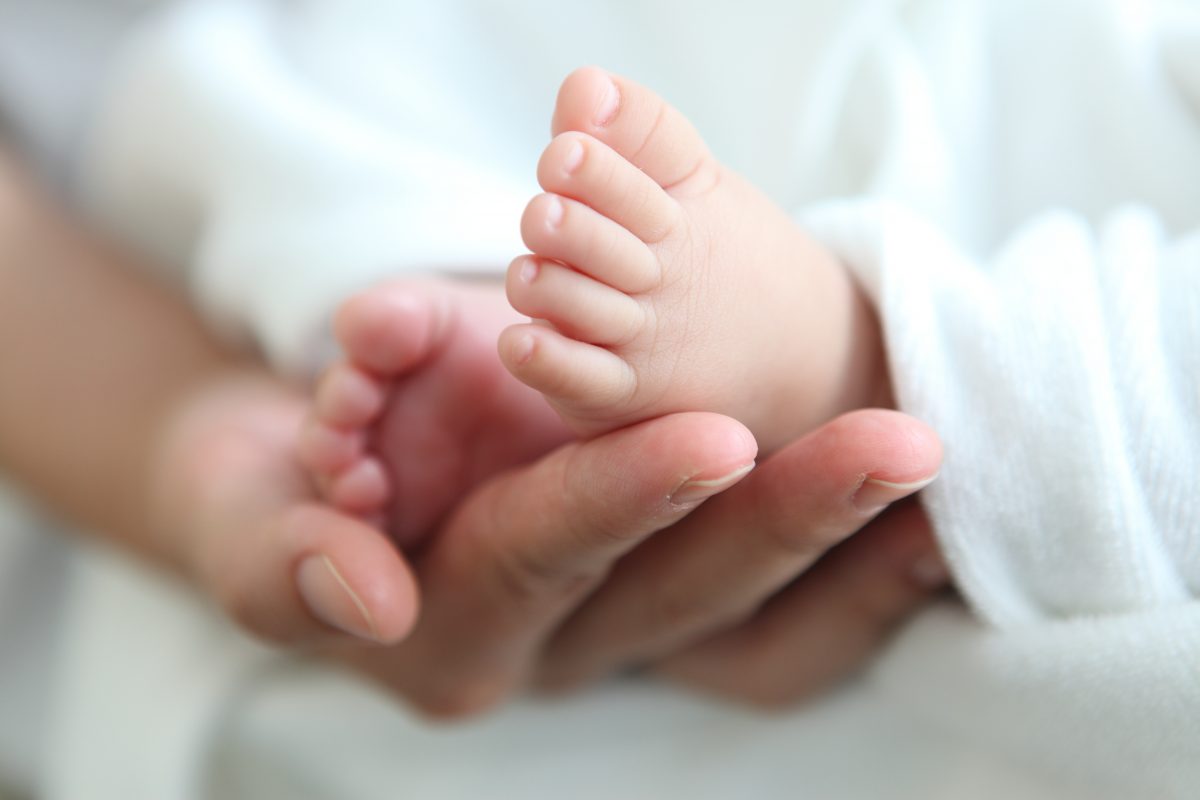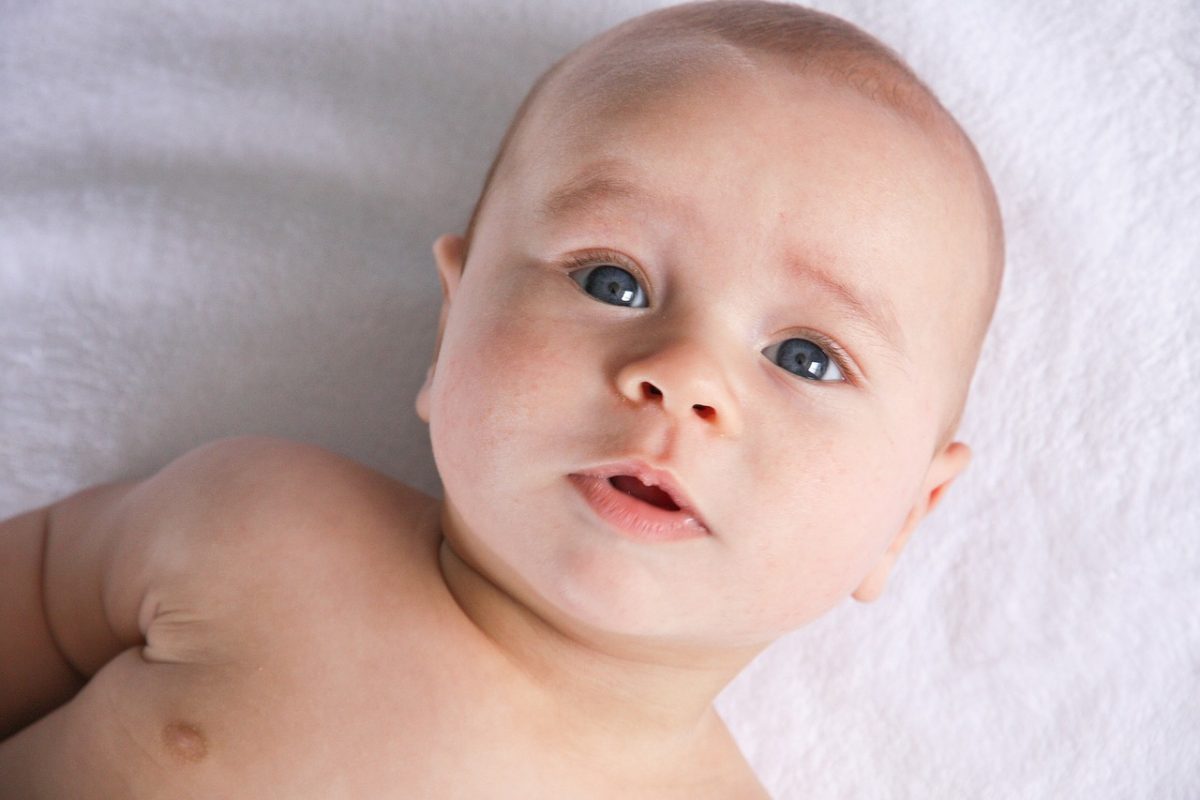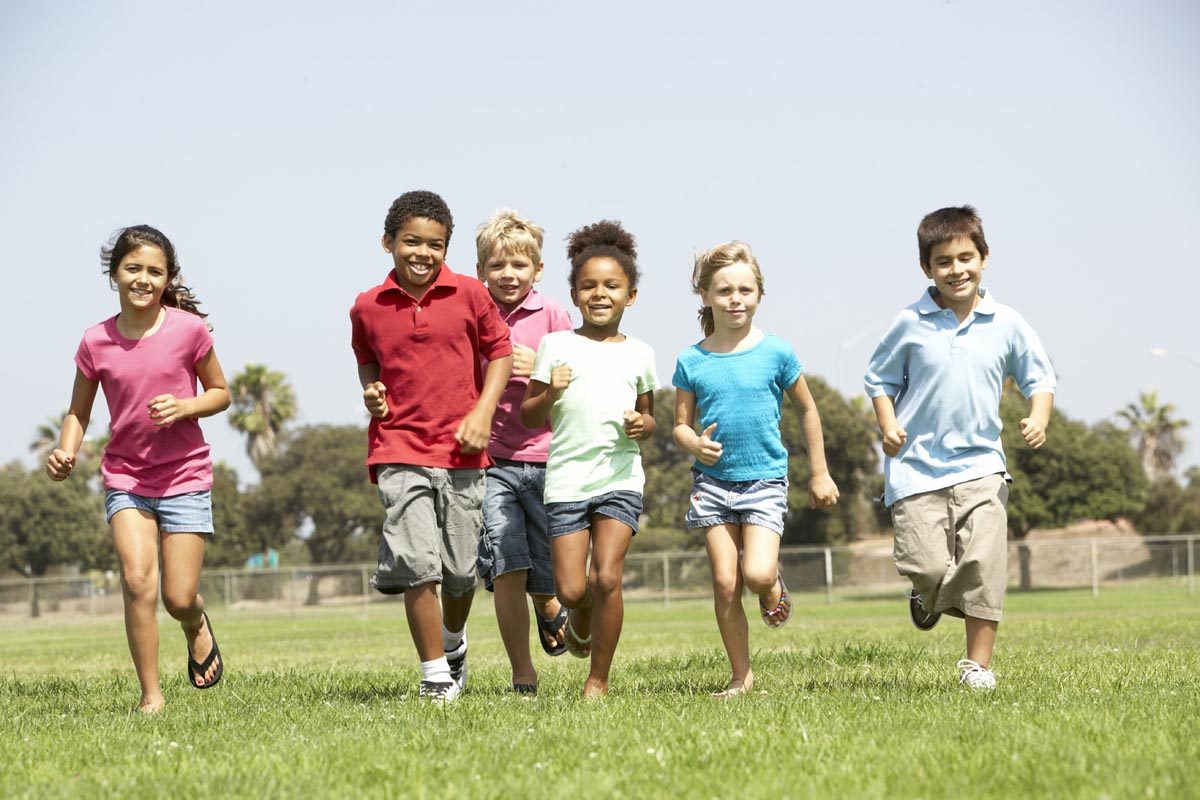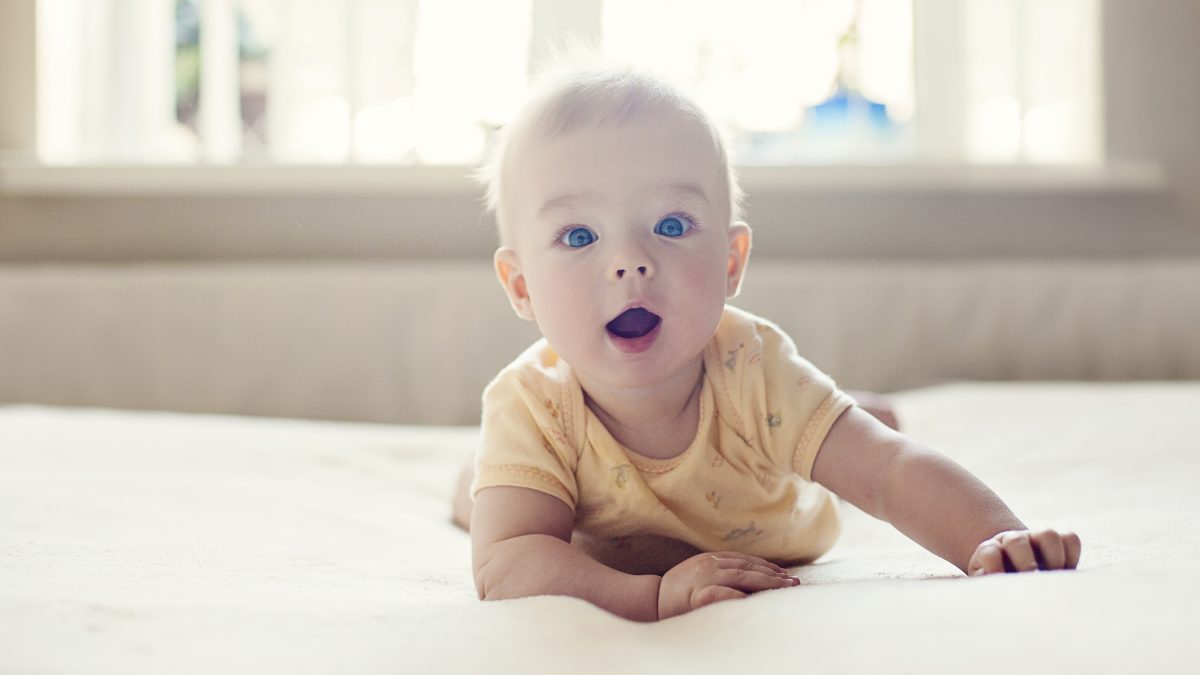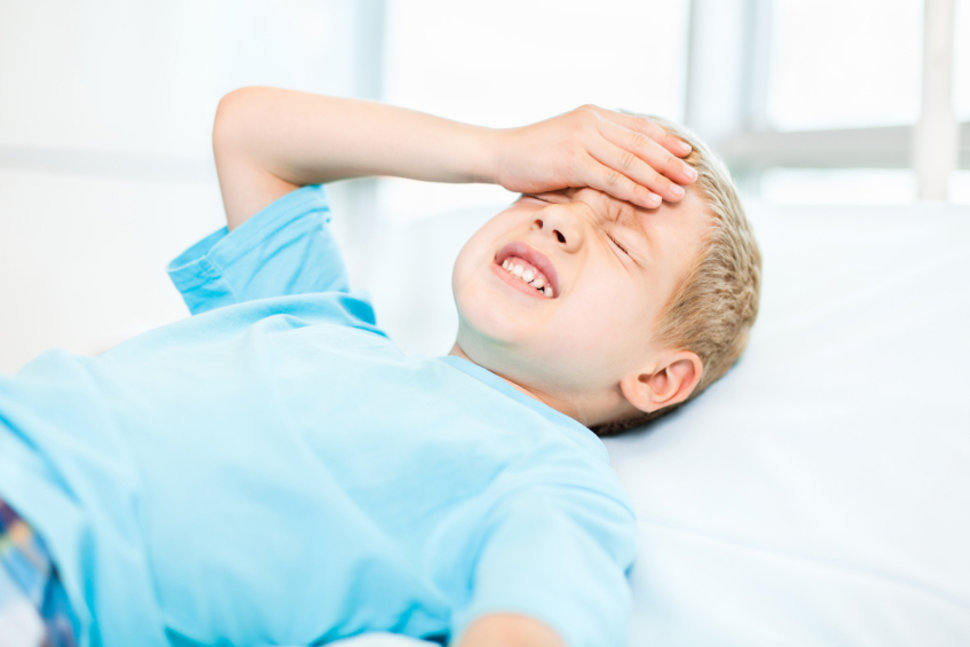Babies typically start to take their first steps at around 12 months of age. However, do not worry if your baby has already blown out the candles on their first birthday cake but is still struggling to get up on their feet. All babies develop at their own rate. Here at The Children’s Physio we understand how your baby’s first steps are not only an important developmental milestone but also an exciting emotional triumph for you. We get many calls from parents who are looking for ideas on how to encourage their baby’s first steps and there are lots of things you can do to help those babies who are perhaps a little reluctant to make the transition to being upright on their own two feet. So here are some simple tips and tricks you can try to help your little one on their way.
1. Environment
As parents you can go to such measures to make sure your child has everything they need to stay warm, comfortable and entertained but sometimes the things you do to create a positive environment for your child can be detrimental to their development. That wonderfully safe living room you have modified to make sure everything is out of reach and those spotlessly polished floors, those ever so cute pink tights or fluffy socks that keep their precious feet extra toasty, could all be preventing your child from getting up and mobile. Children need to grip the floor to make those first unstable, difficult steps. If you have a pristinely polished laminate, or your child’s feet are covered in warm cosy fabric, this is going to be ever so difficult. Make sure there are always some objects at your baby’s height, an upturned laundry basket, a small box, or stool are much easier to pull up on and stand to than the ding room chair for instance. Try putting your baby’s favourite toy on top for extra encouragement.
2. Offer an incentive
Holding one of your baby’s favourite toys or a treat to come and get from you is a quick and effective way to encourage your baby to take some steps. It goes without saying that babies love their parents and the combination of your big smiling, enthusiastic face with a reward or treat can be enough to encourage them to run into your arms. Especially when quite often all the reward need be is their parents unpided attention and delighted cheer and hug when they achieve what you wanted.
3. Put them down
It is very easy to get into the habit of always carrying your baby. It is quicker and easier when you are busy doing chores around the house to carry your little one with you, often balanced on your hip. Not only can this cause you back issues but it also stops your baby from getting in some much needed crawling and walking practice. Stop and put your baby down! Give yourself extra time to do errands so that you can take slightly longer than usual and allow your baby to get places on their own. Letting them be slightly more independent will help increase their confidence on their own two feet and become more trusting of their own capabilities.
4. Use Push toys
The toy market is saturated with different options to help encourage your baby to stand and walk. Toys that encourage movement and require pushing, such as a shopping cart can be a great aid to walking. These options are much more effective and safer for your baby than baby walkers, which merely allow your baby to push with their feet in a false walking environment and can actually do harm to your baby’s development. Steer clear of these and opt for a less physically supportive but more effective push toy instead.
5. Squeaky shoes
Think light up trainers but even more “fun”. If you can find ways to make walking fun for your child then encouraging them wont be an issue. You can get shoes with removable squeakers, note the word removable, so if the squeak starts to drive you mad you can simply take out for a while. Babies are naturally inquisitive and it wont take them long to work out that the squeak occurs each time they take a step. Once they have worked out that this funny, silly noise, can be made all by them just stepping, you’ll have trouble stopping them from walking around everywhere.
6. Hold their hands
The most natural things are often the most effective, and what could come more naturally to you than holding your little ones hand through this huge milestone in life? Holding both your baby’s hands whilst they practice putting weight through their feet will give enough support to feel confident in taking steps, whilst preventing them from losing balance and toppling over.
7. Model behaviour
Being around toddlers close to your babies age will encourage them to copycat behaviours. The playground, library or local shopping centre play area are all good options for a place where your child can interact with other children. Keep an eye out for the smallest yet mobile babies, point them out to your child, praising their skills and encouraging your baby to do the same. A small amount of friendly competition and an innate desire to do what our peers are doing, can be very effective in motivating your baby to take their first steps.
8. Swimming and water play
Anyway in which you can encourage your baby to use their legs in new ways is going to be beneficial to the goal of walking. If you have access to a local pool its great to get children used to water and swimming at a young age and better still, all that kicking and splashing will help strengthen your baby’s legs and make walking even easier.
9. Dance classes
Most babies love music and will naturally bounce and wiggle along to any tune. If you’re doing it too, even better. Mummy and baby classes are a great way for your baby to gain confidence moving around whilst also being a great way to spend time together, meet other mums and keep fit. A big part of walking is learning how to balance and what better way to do this than wiggling around to silly tunes with you and other children their age.
10. Pets
Children love animals, they are often your child’s first friend. By having an active “best friend” your child will have a great deal of motivation to keep up and will learn to crawl, stand and walk much quicker. What better inspiration to get moving than chasing an active pet around for that much needed entertainment, play companion or cuddle.
Remember that all children grow and develop at different rates, if you are concerned that your baby isn’t developing at a normal rate or is slower than their peers then book an appointment with your healthcare professional. Children’s physiotherapists are experts in childhood development and can often give you some unique, specific exercises to help your little one on the right path. Don’t forget to enjoy this stage of your child’s life, its cliché but true that it goes too fast, so don’t get too hung up in the timings and find fun ways to encourage those precious first steps.


